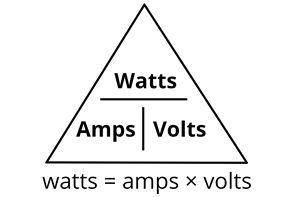Ok mister hooster (1) speakers don't have any mechanism to know whether they are connected to 40w or 1kw amp (2) for a perceived loudness on a speaker, only voltage matters not the power of amp. It won't matter amp is 40w or 1kw, it will require sqrt of power x impedance , voltage output irrespective of amp peak power capacity (isn't it the most basic thing you chose to ignore or may be you didn't know it at all )

(3) an amp which doubles the power while halving the impedance will do so at all power levels and amp not capable of doing that will not be able to that at any power level. (4) go to my original post, it was not off topic and it was in response to some post. (5) why you and your Bartok friend keep coming back to my posts and I have to reply for clearing the confusion you two create in this thread and then admins somehow have to do some work. (6) instead of such a long post devoid of any solid technical inference, why don't you do some homework and post some data or calculations ? (7) did you do some calculation of attenuation caused due to high gain or still working up with some jargon to cover up your sub par technical knowledge ? Meanwhile I request the admins to please look into the matter impartially and see why only these two persons have repeatedly attacked personally on my posts and that too without any provocation first from my side. Thanks and regards. Ps - hint in the form of basic equation for item no 3 for mr. hooster. E= I(r+R) where I is current, r is internal resistance, R is load. Now power in load R, P= i^2R. r is akin to output impedance of amp, R is like impedance of speakers and E is like voltage output at any volume setting. You see doubling of current on halving of speaker impedance is dependent
upon r and not on E. So peak power of amp has nothing to do with current delivery capability.





















